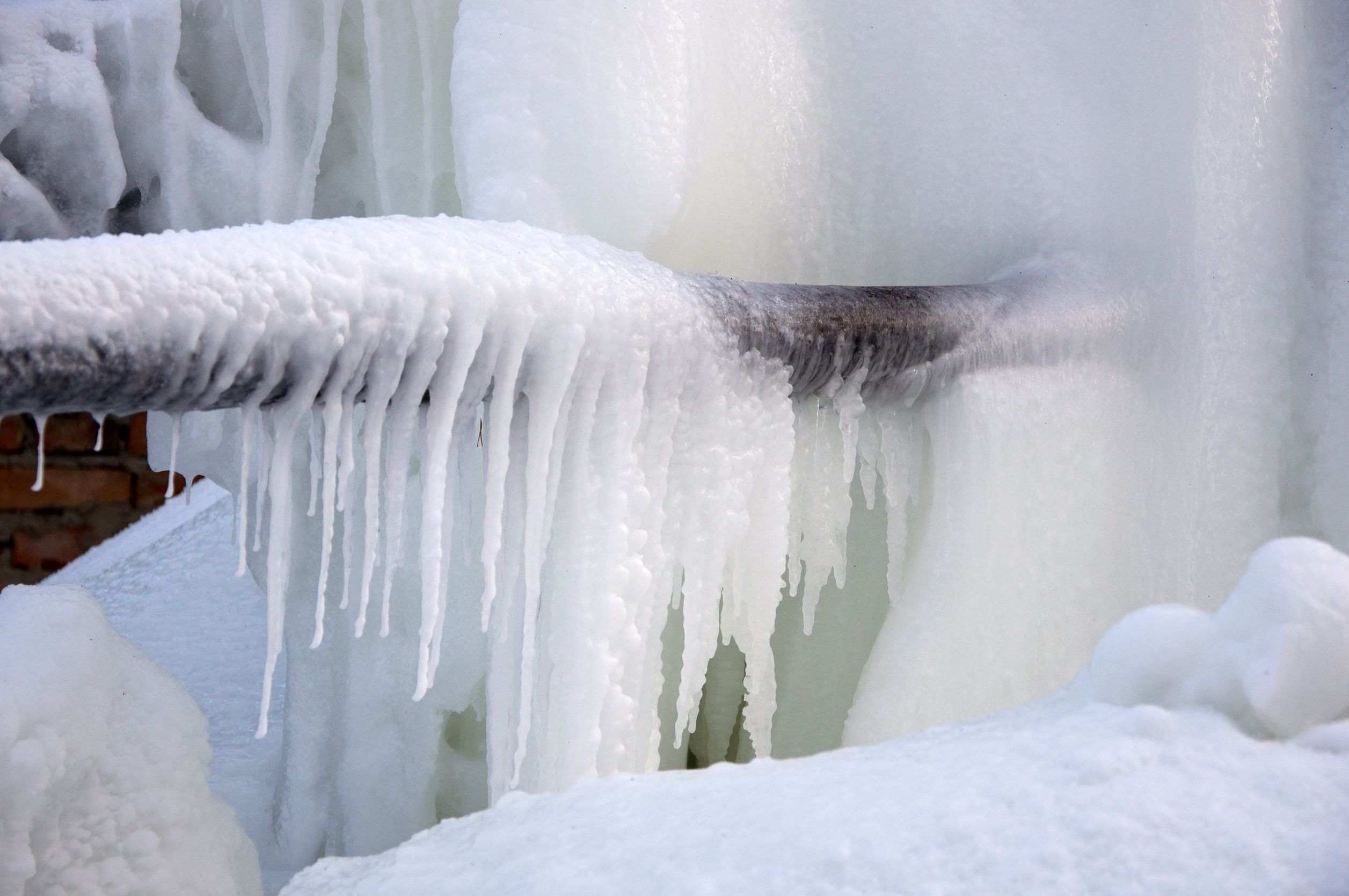Prevent Frozen Plumbing in Cold Weather: Pro Tips
Prevent Frozen Plumbing in Cold Weather: Pro Tips
Blog Article
We have discovered this article pertaining to How to Prevent Your Pipes From Freezing directly below on the internet and believe it made good sense to write about it with you on this site.

Cold weather can ruin your plumbing, particularly by freezing pipelines. Here's how to stop it from occurring and what to do if it does.
Intro
As temperatures decline, the threat of icy pipes increases, possibly bring about pricey repair services and water damage. Understanding just how to avoid icy pipelines is important for homeowners in cool climates.
Recognizing Frozen Pipelines
What triggers pipelines to freeze?
Pipelines freeze when subjected to temperature levels below 32 ° F (0 ° C) for expanded periods. As water inside the pipes ices up, it expands, putting pressure on the pipeline wall surfaces and potentially triggering them to break.
Risks and damages
Icy pipelines can lead to water system disturbances, home damages, and pricey repairs. Burst pipes can flood homes and cause comprehensive structural damages.
Signs of Frozen Pipeline
Identifying icy pipes early can avoid them from breaking.
Just how to recognize frozen pipelines
Look for decreased water flow from faucets, unusual smells or noises from pipes, and visible frost on exposed pipes.
Prevention Tips
Protecting susceptible pipes
Cover pipelines in insulation sleeves or use warmth tape to secure them from freezing temperatures. Concentrate on pipes in unheated or external areas of the home.
Home heating methods
Maintain interior rooms effectively heated, specifically areas with plumbing. Open up cabinet doors to enable cozy air to circulate around pipes under sinks.
Securing Outdoor Plumbing
Garden pipes and exterior faucets
Detach and drain pipes yard tubes prior to winter. Set up frost-proof spigots or cover outside taps with protected caps.
What to Do If Your Pipelines Freeze
Immediate activities to take
If you presume icy pipelines, maintain taps available to soothe stress as the ice thaws. Utilize a hairdryer or towels soaked in hot water to thaw pipes gradually.
Long-Term Solutions
Architectural modifications
Consider rerouting pipelines far from outside wall surfaces or unheated areas. Add added insulation to attics, basements, and crawl spaces.
Upgrading insulation
Invest in top notch insulation for pipelines, attic rooms, and wall surfaces. Appropriate insulation assists preserve regular temperatures and lowers the danger of frozen pipelines.
Final thought
Preventing icy pipes needs aggressive steps and fast reactions. By recognizing the causes, indications, and safety nets, homeowners can safeguard their pipes throughout winter.
5 Ways to Prevent Frozen Pipes
Drain Outdoor Faucets and Disconnect Hoses
First, close the shut-off valve that controls the flow of water in the pipe to your outdoor faucet. Then, head outside to disconnect and drain your hose and open the outdoor faucet to allow the water to completely drain out of the line. Turn off the faucet when done. Finally, head back to the shut-off valve and drain the remaining water inside the pipe into a bucket or container. Additionally, if you have a home irrigation system, you should consider hiring an expert to clear the system of water each year.
Insulate Pipes
One of the best and most cost-effective methods for preventing frozen water pipes is to wrap your pipes with insulation. This is especially important for areas in your home that aren’t exposed to heat, such as an attic. We suggest using foam sleeves, which can typically be found at your local hardware store.
Keep Heat Running at 65
Your pipes are located inside your walls, and the temperature there is much colder than the rest of the house. To prevent your pipes from freezing, The Insurance Information Institute suggests that you keep your home heated to at least 65 degrees, even when traveling. You may want to invest in smart devices that can keep an eye on the temperature in your home while you’re away.
Leave Water Dripping
Moving water — even a small trickle — can prevent ice from forming inside your pipes. When freezing temps are imminent, start a drip of water from all faucets that serve exposed pipes. Leaving a few faucets running will also help relieve pressure inside the pipes and help prevent a rupture if the water inside freezes.
Open Cupboard Doors
Warm your kitchen and bathroom pipes by opening cupboards and vanities. You should also leave your interior doors ajar to help warm air circulate evenly throughout your home.

We had been shown that report about How To Avoid Freezing Pipes from an associate on our other web page. Are you aware of somebody who is excited by the subject? Why not share it. We enjoy reading our article about Preventing and dealing with frozen pipes.
Request An Appointment Report this page